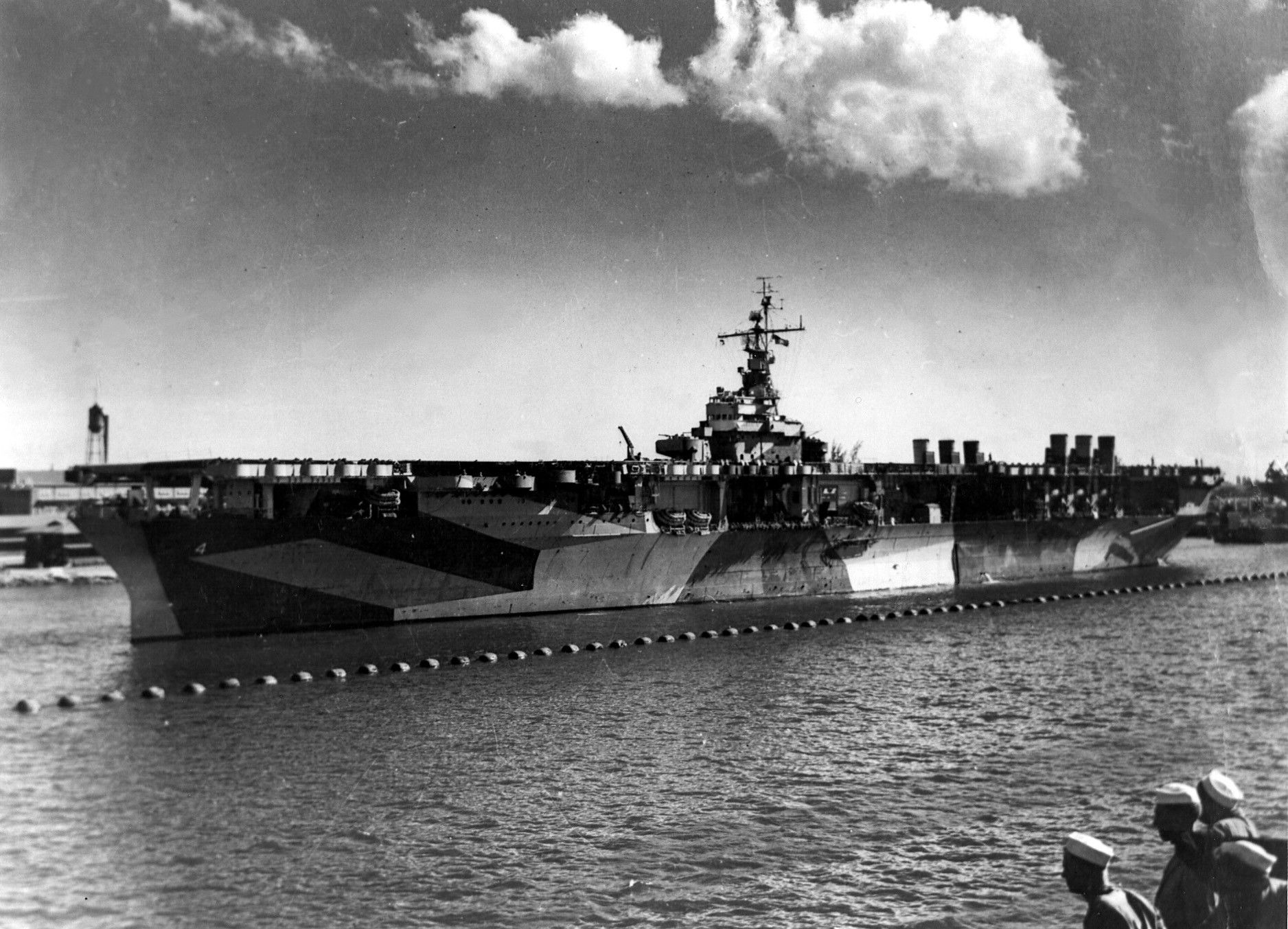Fleet Carrier in Name or Fact?: The Post-War Misinterpretation of USS Ranger as Unsuitable for Combat in the Pacific
DOI:
https://doi.org/10.25071/2561-5467.1131Keywords:
USS Ranger, World War Two, Pacific Theatre, combat role, carrier developmentAbstract
Since World War Two, the USS Ranger (CV-4) has become perceived as incapable of combat in the Pacific Theater. Digitization has provided a new opportunity to examine its perception by commanders responsible for the carrier’s employment. These records reveal that the common perception of the carrier stemmed from diplomatic necessity, from an overworked bureau uneager for additional projects, and from commands eager to acquire Ranger for non-combat duty. Ranger was considered by the US Navy as fit for combat in the Pacific Theater during WWII, but other requirements overrode the need for one additional combatant carrier in the Pacific.
À la suite de la Seconde Guerre mondiale, l’USS Ranger(CV-4) était considéré comme un porte-avions incapable de combattre dans le théâtre du Pacifique. La numérisation a permis aux commandants responsables de l’emploi du porte-avions d’examiner cette perception sous un nouvel angle. Ces documents révèlent que la perception commune du porte-avions provenait de la nécessité diplomatique, d’un bureau surchargé de travail qui voulait éviter des projets supplémentaires et de commandements désireux d’acquérir le Ranger pour des tâches non combattantes. La marine américaine considérait le Ranger comme étant apte au combat dans le théâtre du Pacifique pendant la Seconde Guerre mondiale, mais d’autres exigences l’ont emporté sur la nécessité d’avoir un porte-avions de combat supplémentaire dans le Pacifique.
References
Abbazia, Patrick. Mr. Roosevelt’s Navy. Annapolis, MD: Naval Institute Press, 1975.
Alanbrooke, A. F. B., Alex Danchev, & Daniel Todman. War diaries, 1939-1945. London: Phoenix Press, 2003. https://archive.org/details/wardiaries1939190000alan.
Bennett, G. H. Hunting Tirpitz. Plymouth: University of Plymouth Press, 2017.
Buell, Thomas B. Master of Seapower: A Biography of Fleet Admiral Ernest J. King. Annapolis, MD: Naval Institute Press, 1980.
Joel C. Christenson. “From Gunboats to Good Neighbors: U.S. Naval Diplomacy in Peru, 1919-1942.” Graduate Theses, Dissertations, and Problem Reports. Morgantown, WV: West Virginia University, 2013.
Cressman, Robert J. USS Ranger: The Navy's First Flattop from Keel to Mast, 1934–1946. Dulles, VA: Potomac Books, 2003.
Friedman, Norman. U.S. Aircraft Carriers: An Illustrated Design History. Annapolis, Maryland, USA: Naval Institute Press, 1983.
Friedman, Norman. Winning a Future War: Wargaming and Victory in the Pacific War, Washington, DC: Naval History & Heritage Command, 2017.
Goldman, Emily O. Sunken Treaties: Naval Arms Control Between the Wars. University Park, PA: Penn State Press, 1993.
Krepinevich, Andrew F., Jr. "Military Experimentation, Time to Get Serious" Naval War College Review 54, No. 1 (2001). https://digital-commons.usnwc.edu/nwc-review/vol54/iss1/6/.
Kuehn, John T. “The U.S. Navy General Board and Naval Arms Limitation: 1922-1937.” The Journal of Military History 74, no. 4 (2010): 1145.
Lewis, David H. "Innovation, Interrupted—Next-Generation Surface-Combatant Design," Naval War College Review 75, no. 1 (2022). https://digital-commons.usnwc.edu/nwc-review/vol75/iss1/8.
Lillard, John. “Austerity is Not Affordable,” Proceedings 125, no. 8 (1999). https://www.usni.org/magazines/proceedings/1999/august/austerity-not-affordable.
Lundstrom, John B. The First South Pacific Campaign: Pacific Fleet strategy, December 1941-June 1942. Annapolis, MD: Naval Institute Press, 2014.
Matloff, Maurice and Edwin M. Snell. Strategic Planning for Coalition Warfare 1941-1942. Washington, DC: US Government Printing Office, 1990. https://history.army.mil/html/books/001/1-3/index.html.
Melhorn, Charles M. Two-Block Fox: The Rise of the Aircraft Carrier, 1911-1929. Annapolis, MD: Naval Institute Press, 1974.
Nofi, Albert. To Train the Fleet for War: The U.S. Navy Fleet Problems, 1923-1940. Newport, RI: Naval War College Press, 2010.
O’Hara, Vincent P. In Passage Perilous: Malta and the Convoy Battles of June 1942. Bloomington, IN: Indiana University Press, 2013.
Polmar, Norman and Minoru Genda. Aircraft Carriers: A Graphic History of Carrier Aviation and Its Influence on World Events. New York, NY: Doubleday & Company, Inc., 1969. https://archive.org/details/aircraftcarries0000unse.
Roskill, Stephen W. The War at Sea, 1939-1945, Volume II: The Period of Balance. London: Her Majesty’s Stationery Office, 1956. https://archive.org/details/war-at-sea-1939-1945-vol-2.
Russell, James S. “The Ranger: Atavistic Anomaly,” Proceedings 112, no. 4: Supplement “A Salute: The Diamond Jubilee of Naval Aviation,” (Annapolis, MD: U.S. Naval Institute, 1986), https://www.usni.org/magazines/proceedings/1986/april-supplement/ranger-atavistic-anomaly.
Stern, Robert. The US Navy and the War in Europe. Yorkshire: Seaforth Publishing, 2012.
Tangredi, Sam J. "Sizing the Carriers—A Brief History of Alternatives," Naval War College Review 74, no. 4 (2021). https://digital-commons.usnwc.edu/nwc-review/vol74/iss4/5/.
Trimble, William F. Admiral William A. Moffett, Architect of Naval Aviation. Annapolis, MD: Naval Institute Press, 2007. https://archive.org/details/admiralwilliamam0000trim.

